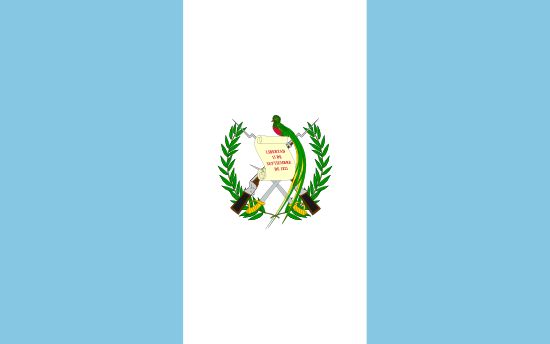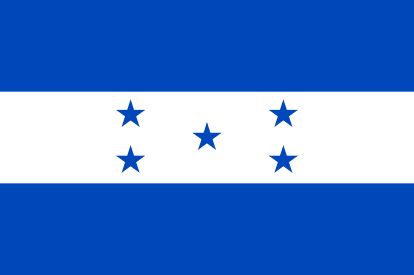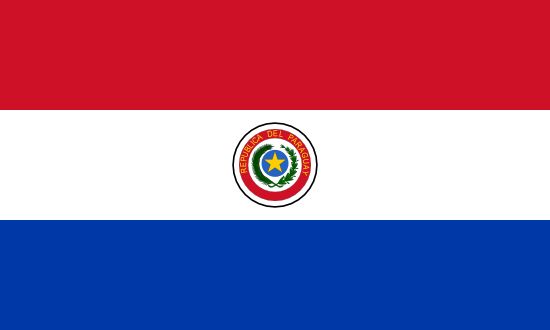

TECHNOLOGY TRANSFER OPPORTUNITY: DellingrX Small Satellite Spacecraft Bus Architecture (GSC-TOPS-291)
Process Number T2P-GSFC-00037
Dates:
T2P-GSFC-00037
Department/Ind. Agency:NATIONAL AERONAUTICS AND SPACE ADMINISTRATION
Sub-tier:NATIONAL AERONAUTICS AND SPACE ADMINISTRATION
Sub Command:NASA HEADQUARTERS
Office:NASA HEADQUARTERS
General Information:
(utc-05:00) eastern standard time, new york, usa
Updated Published Date:(utc-05:00) eastern standard time, new york, usa
Original Published Date:0000-00-00 00:00:00
Original Response Date:jan 28, 2022 05:00 pm est
Inactive Policy:15 days after response date
Original Inactive Date:feb 12, 2022
Initiative:- None***--***
Classification:
9999 - miscellaneous items
NAICS Code:927110 - space research and technology
Description:
NASA’s Technology Transfer Program solicits inquiries from companies interested in obtaining license rights to commercialize, manufacture and market the following technology. License rights may be issued on an exclusive or nonexclusive basis and may include specific fields of use. NASA provides no funding in conjunction with these potential licenses. THE TECHNOLOGY: The launch opportunities for SmallSat secondary and tertiary payloads has and will continue to significantly increase due in large part to the inclusion of ESPA rings on most missions that have excess lift capacity, initiatives to include rideshares alongside large NASA missions, and the proliferation of commercial launch services. Science investigators are taking advantage of the initiatives, opportunities, and capabilities by proposing advanced mission concepts and architectures that require a robust, reliable, and radiation tolerant spacecraft bus. There is a push to achieve decadal-class science goals with small, focused missions. However, current flight proven reliable and radiation tolerant spacecraft bus options from industry are limited or not available. The DellingrX Small Satellite Spacecraft Bus Architecture enables challenging and harsh environment mission architectures. DellingrX Small Satellite Spacecraft Bus Architecture tailors balancing and scaling of programmatic and technical risks for Class-D missions. The architecture is inherently single-string but pushes probability of mission successful by implementing features to increase robustness and graceful degradation of core functionality. Additional autonomy is included in the architecture, its fault protection, and modes of operation to reduce operations costs and to fly through and recover from benign faults. The architecture reduces size, weight, and power while increasing flexibility and robustness by tightly integrating electronics and software for core subsystems and standardizing interfaces for more mission unique components. The DellingrX architecture is highly integrated and leverages flexibility inherent in FPGAs and software. The onboard reconfigurability allows each mission to tailor the performance versus reliability and component configuration to meet specific needs. The architecture also tiers the functional reliability and hardware that performs those functions. To express interest in this opportunity, please submit a license application through NASA’s Automated Technology Licensing Application System (ATLAS) by visiting https://technology.nasa.gov/patent/GSC-TOPS-291 If you have any questions, please e-mail NASA’s Technology Transfer Program at Agency-Patent-Licensing@mail.nasa.gov with the title of this Technology Transfer Opportunity as listed in this beta.SAM.gov notice and your preferred contact information. For more information about licensing other NASA-developed technologies, please visit the NASA Technology Transfer Portal at https://technology.nasa.gov/ These responses are provided to members of NASA’s Technology Transfer Program for the purpose of promoting public awareness of NASA-developed technology products, and conducting preliminary market research to determine public interest in and potential for future licensing opportunities. No follow-on procurement is expected to result from responses to this Notice.
Attachments / Links:
| Document | Size | Updated date | Download |
|---|
Contact Information:
WASHINGTON DC 20546-0001
WASHINGTON , DC 20546
USA
Primary Point of Contacts:NASA’s Technology Transfer Program












